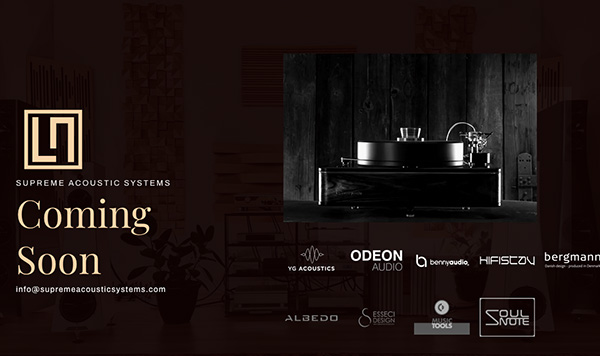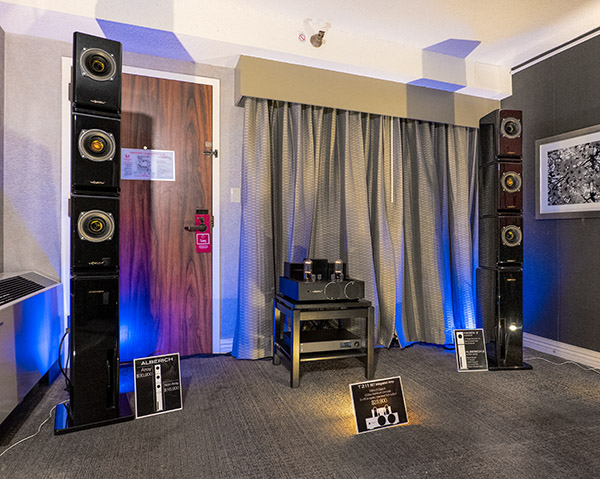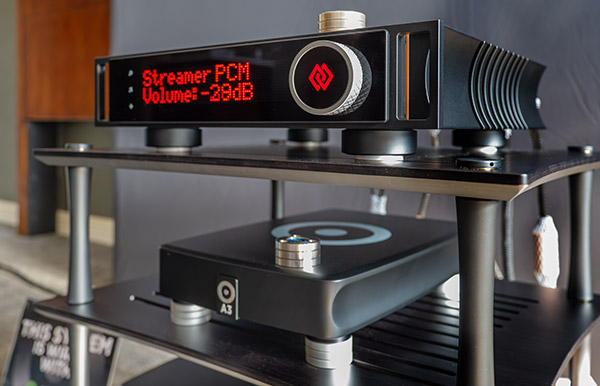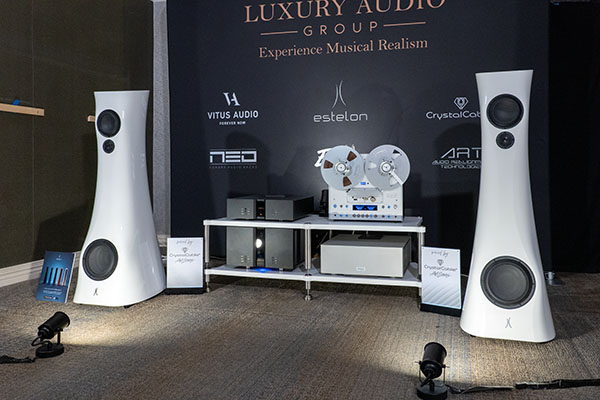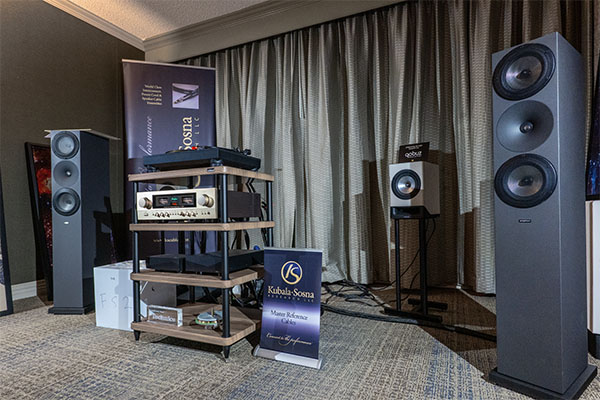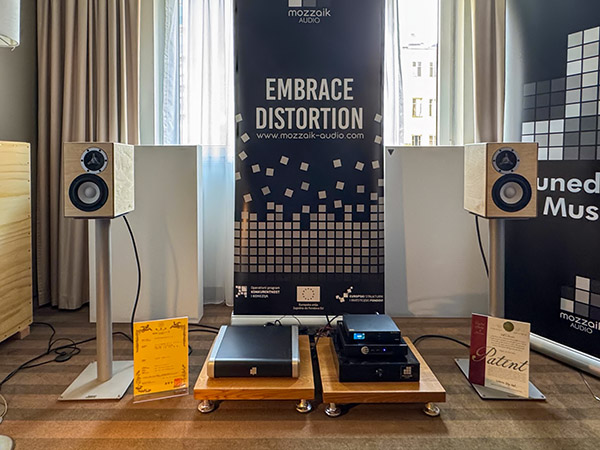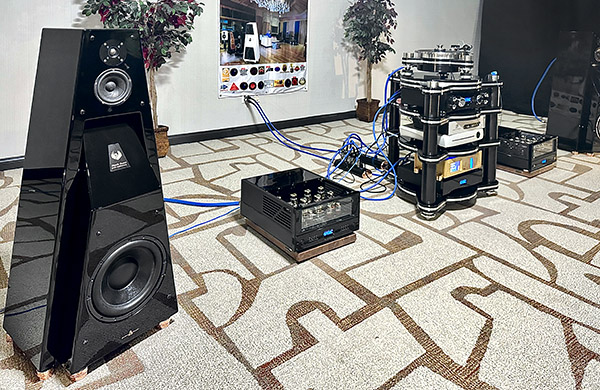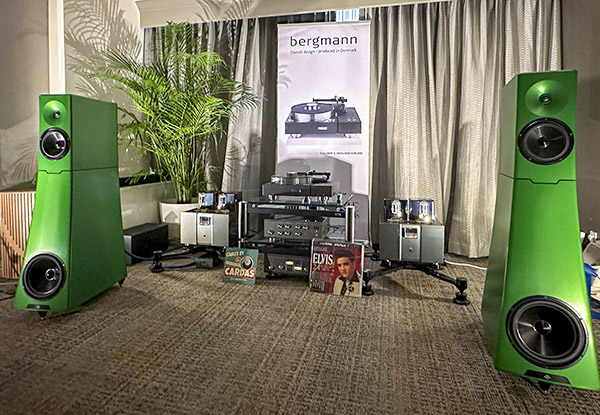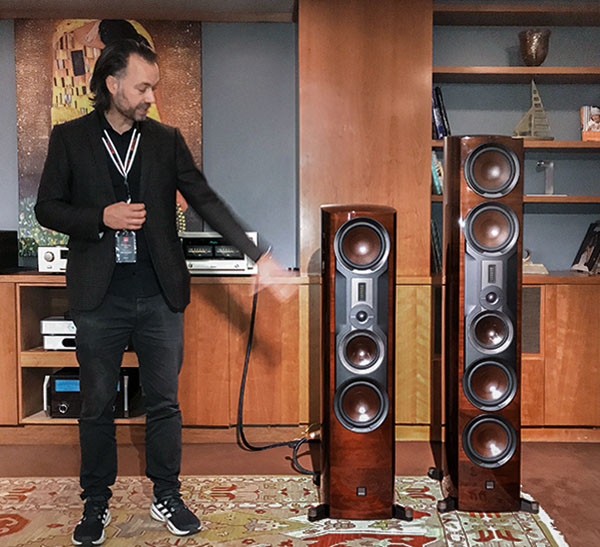Re-Tales #48: Supreme Acoustic Systems, Distribution Done Differently
Traditionally in hi-fi, "distribution" refers to importing and warehousing audio equipment then delivering it as needed to a network of domestic dealers. In recent years, that model has evolved. Distributors have expanded the range of services they offer, and an increasing number of companies are skipping the distributor step altogether: dCS and T+A, among other companies, have established wholly owned subsidiaries in the US to handle importation, local warehousing, and other domestic duties. They and others have hired full-service sales and marketing agents, sometimes called "brand ambassadors." The goal, of course, is to make the practice of getting a product into the country and on the radar of dealers and customers as efficient and effective as possible.
Continue Reading »

